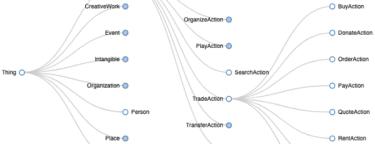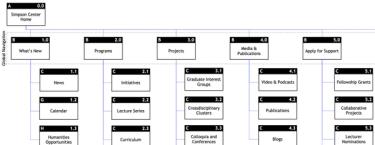Content Modeling in the Age of Flying Cars

Next-generation content management platforms use generative AI to help content teams work beneath and beyond the traditional “page” — but only if you can reliably tell them how your content is connected in meaningful, repeatable ways. Fortunately, you already have the tools to build the model your new platform needs.











